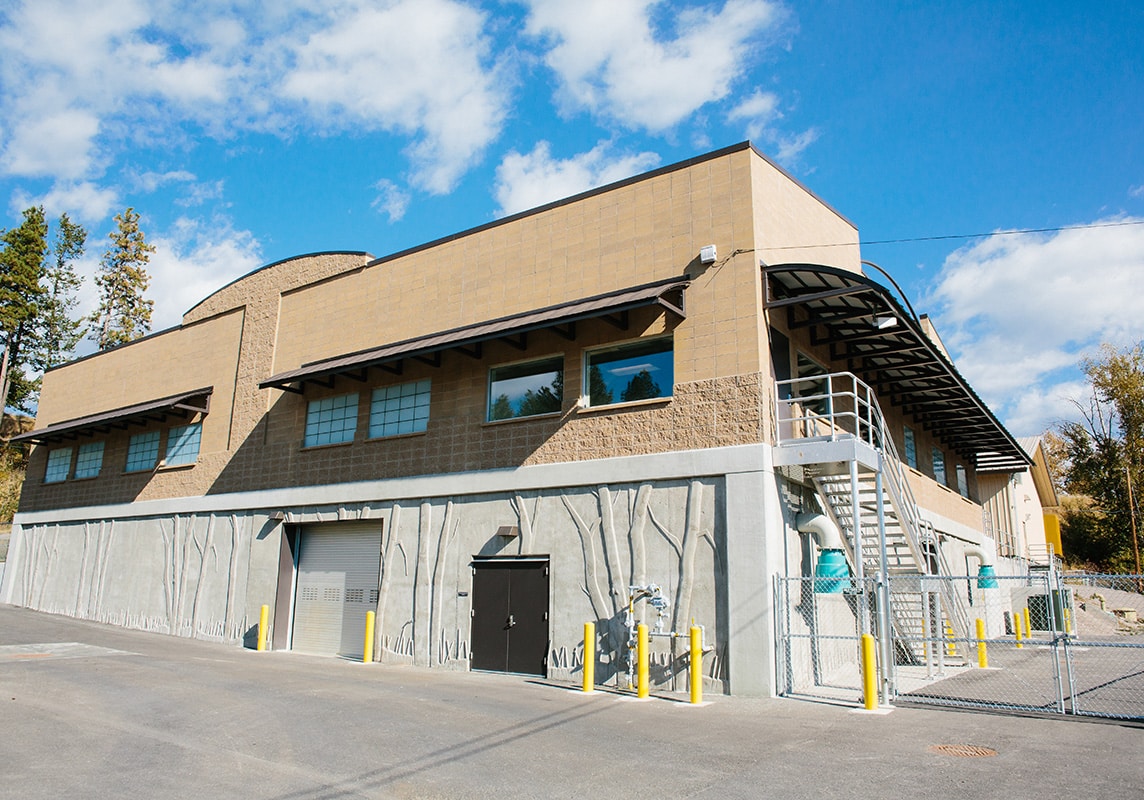

The What, Where, and How of Public Facility Planning Grants
By Jason Mercer, PE
For local governments and infrastructure operators, project planning is the first of many steps to making a new public facility a reality. And as we all know, good planning takes time and money. Fortunately, several grants are available to provide the financial resources needed to complete the documentation for a public facility funding application. If you’re new to this process or have some experience, you might still be wondering about the “what, where, and how” of public facility planning grants.


The What
Most of our grant-writing and civil engineering experience lies in rural communities, small towns, and cities in Montana, where documents such as Preliminary Engineering Reports (PER), Capital Improvement Plans (CIP), and Growth Policies can be created using funds from a facility planning grant. These documents make up the backbone of public facility funding applications needed to ultimately design and construct a public facility project.
What can planning grants for public facility projects be used for? Here are four typical documents that can be funded by planning grants:
- Preliminary Engineering Report (PER): A PER examines the existing and future conditions of public facilities such as water and wastewater treatment plants, stormwater control bridges, and more. The PER compares different alternatives to correct deficiencies and makes project recommendations. You can also use the cost estimates in the report to develop a funding strategy for future improvements.
- PER Update or Amendment: If a PER is a few years old or needs a major overhaul, it should be updated or amended before it is used in a funding application. Your planning grant can be used for this update.
- Capital Improvement Plan (CIP): A CIP is used to plan for public facility needs, establish priorities, and schedule improvement projects. It is a “big picture” account of a community’s needs. It should cover all the facilities owned by the public in that community. A CIP can be included to strengthen public facility funding applications.
- Growth Policy: A growth policy is a plan to guide decisions about development and public investments. It is adopted by the local government and typically implemented by a city or county planning department. A growth policy can be included to strengthen public facility funding applications.
The Where
Where should you look for planning grant funding in Montana? Several sources are available, but remember that most of them require local matching funds. The following list shows the most common sources, along with their corresponding eligibility requirements:
Montana Coal Endowment Program (MCEP, formerly TSEP)
- Application Cycle: 2023 Biennium cycle opens Summer 2021 .
- Ceiling: $15,000 .
- Matching Funds (match-to-grant ratio): 1:1 .
- Eligibility: Incorporated city/town, county, water/sewer district, tribal government .
- Eligible Projects: Water, wastewater, stormwater, solid waste, and bridges .
DNRC Renewable Resource Grant and Loan (RRGL)
- Application Cycle: Summer 2021 .
- Grant Amount: $15,000 (technical narrative or PER), $5,000 (CIP or study or management tool identifying or prioritizing projects or PER updates) .
- Matching Funds (match-to-grant ratio): None .
- Eligibility: Incorporated city/town, county, water/sewer district, tribal government .
- Eligible Projects: Projects that conserve, manage, develop, or protect renewable resources.
- NEW: DNRC has two new application requirements – an environmental checklist and an ARPA Certification Form. Both documents are located here.
Community Development Block Grant (CDBG)
- Application Cycle: 2021 Spring cycle is in progress. Applications are due June 18, 2021; look for Fall 2021 cycle .
- Ceiling: $50,000 .
- Matching Funds (match-to-grant ratio): 1.
- Eligibility: County, cities, and towns with low- and moderate-income rates (80% of the median family income) for the entity’s location. Water/sewer districts must apply through the county; only one grant can be open.
- Eligible Projects: General community planning (e.g., Growth Policy, CIP, or PER) .
USDA Rural Development (USDA-RD)
- Application Cycle: Continuous
- Maximum Grant: $30,000
- Matching Funds (match-to-grant ratio): 1:3
- Eligibility: Rural areas and towns with populations of 10,000 or less with a median household income below the poverty line or less than 80% of the statewide non-metropolitan median household income.
- Eligible Projects: Water and sewer
The How
Planning grant applications are typically straightforward and brief. Project owners can apply for planning grant funds themselves or may work with a grant writer who can prepare an application. The Montana Water, Wastewater, and Solid Waste Action Coordinating Team (W2ASACT) provides numerous public facility planning and funding resources.
For many of our clients, we have assisted them with the background information required for their planning grant applications. Please contact me with questions, concerns, or tips for success.


